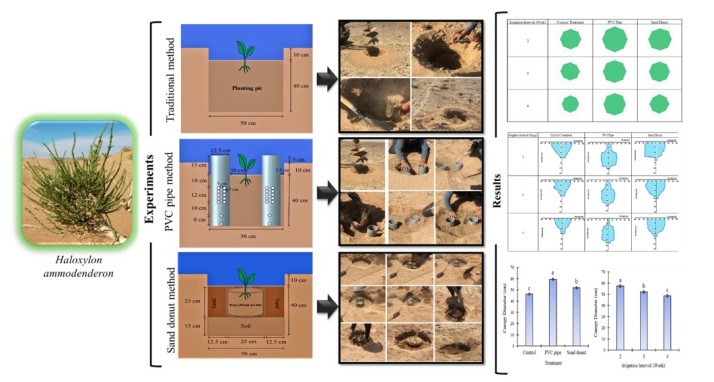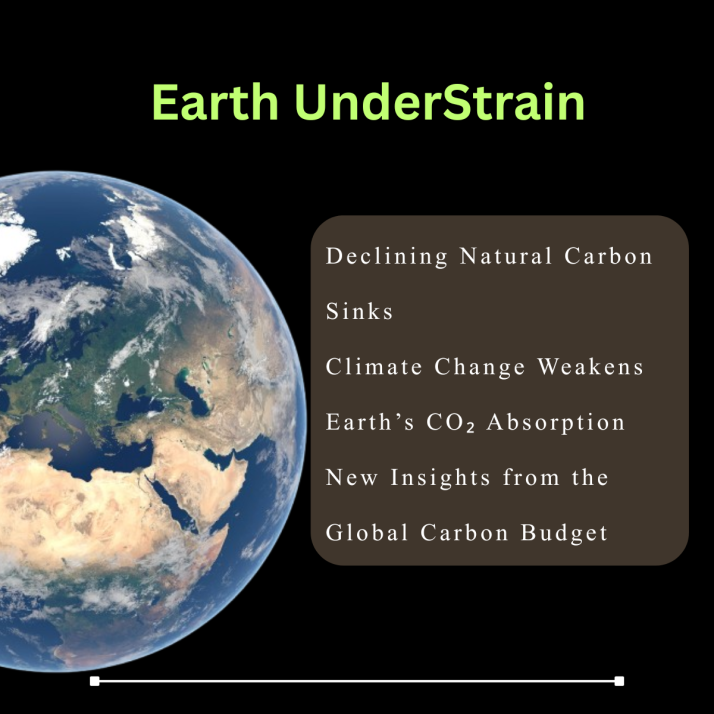This is an interesting article, fulltext here: https://doi.org/10.1029/2025EF005971
A Tale of Two Unprecedented Droughts in Southeast Asia: Physical Drivers and Impending Future Risks
Authored by: Shuping Ma, Xiao Peng, Xinyue Liu, Zhongwang Wei, Zhixiao Niu, Wenpeng Zhao, Ming Pan, Xiaogang He
Abstract: Conventional wisdom suggests that tropical droughts in Southeast Asia are closely linked to natural climate variability like El Niño. However, the extreme 2014 drought occurred independently of El Niño, suggesting other dynamic forcings at play. Here we use moisture budget analysis, moisture tracking, and physics-informed joint probability modeling to disentangle the interplay between dynamic and thermodynamic drivers behind this unprecedented drought and to assess future drought risks under climate change. We find that the 2014 drought primarily resulted from air subsidence due to anticyclone-driven mid-troposphere divergence, leading to significant precipitation deficits, which are further intensified by reduced marine moisture inflow from the West Pacific. Incorporating the dynamic and thermodynamic drivers into our bivariate probabilistic analysis, we find that the likelihood of 2014-like droughts will increase by 25% and 43% under stabilized and business as usual pathways, respectively, by mid-century (2030–2064). Such increases in drought risk are dominated by climate-change-induced changes in dynamic processes, particularly reduced mid-troposphere vertical motion, where thermodynamic processes and the dependence structure between the two play a less significant role. However, significant inter-model inconsistence in attributing the relative importance of these factors highlights the challenges of using current climate models for robust risk assessment.
Plain Language Summary
In early 2014, Southeast Asia experienced an extreme drought. Our analysis explores the role of the intricate interplay between dynamic and thermodynamic processes in drought formation. We find that the probability of experiencing droughts similar to the 2014 event increases by 25% under the SSP126 scenario compared to historical likelihood, and under the SSP585 scenario, this increase is even more pronounced at 43%, when employing vertical motion and relative humidity to describe the combined effect of the thermodynamic and dynamic processes. Overall, we anticipate a significant increase in the frequency of extreme drought conditions under more severe warming scenarios, with the dynamic factors mainly contributing to the increased likelihood of 2014-like droughts in the future.
Key Points
We explore the intricate interactions among the physical mechanisms that contribute to the historic 2014 Southeast Asia drought
The extreme drought, characterized by the interplay of vertical motion and relative humidity, has a “likely” return period of 95 years
The frequency of extreme drought conditions will increase by 25% and 43% under future scenarios, with dynamical factors playing a key role







